Get PeakVisor App
Sign In
Search by GPS coordinates
- Latitude
- ° ' ''
- Longitude
- ° ' ''
- Units of Length

Yes
Cancel
Share ×

Scan the QR code and open PeakVisor on your phone
❤ Wishlist ×
Choose
Delete
Angelina National Forest is located in the eastern part of Texas near the border with Louisiana. It’s one of 154 National Forests in the U.S., encompassing 153,000 acres (61,619 hectares). It’s one of Texas’s four national forests and is part of the larger Piney Woods ecoregion, characterized by woodlands dominated by longleaf and loblolly pines, with old-growth stands surviving in some places. The forest surrounds the Sam Rayburn Reservoir, the ninth-largest in the U.S. The terrain is gently rolling, with numerous creeks and rivers that feed into the reservoir. Angelina National Forest also has plenty of opportunities for hiking and camping, such as Boykin Springs Recreation Area. There are 3 named mountains in Angelina National Forest; Moss Hill (123 m / 404 ft) is the highest, and Cyclone Hill (120 m / 394 ft) is the most prominent.
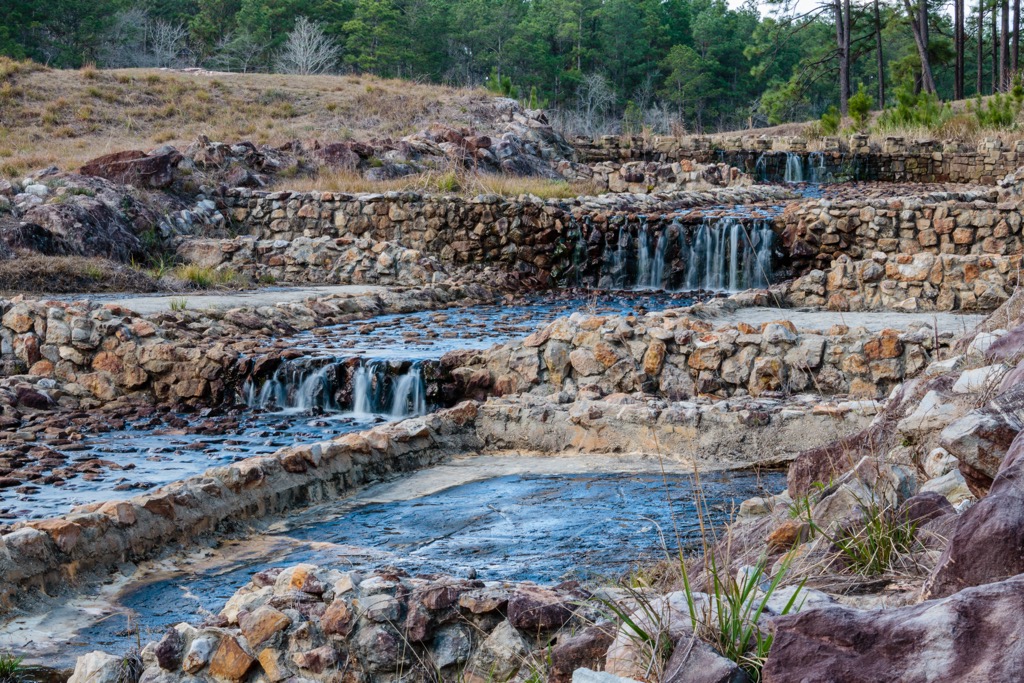
Angelina National Forest encompasses over 153,000 acres (61,619 hectares) of woodlands. It encompasses both the east and west shores of the Sam Rayburn Reservoir. The forest’s terrain is a mix of gently rolling hills and flatlands. Numerous creeks, streams, and rivers, such as the Neches and Angelina Rivers, feed into the reservoir.
By car, the town of San Augustine, Texas, is less than 10 minutes away, while the small, historic cities of Luftkin and Nagocdoches are within a half hour. Meanwhile, the metropolis of Houston, Texas, is two hours from the forest’s southern border.
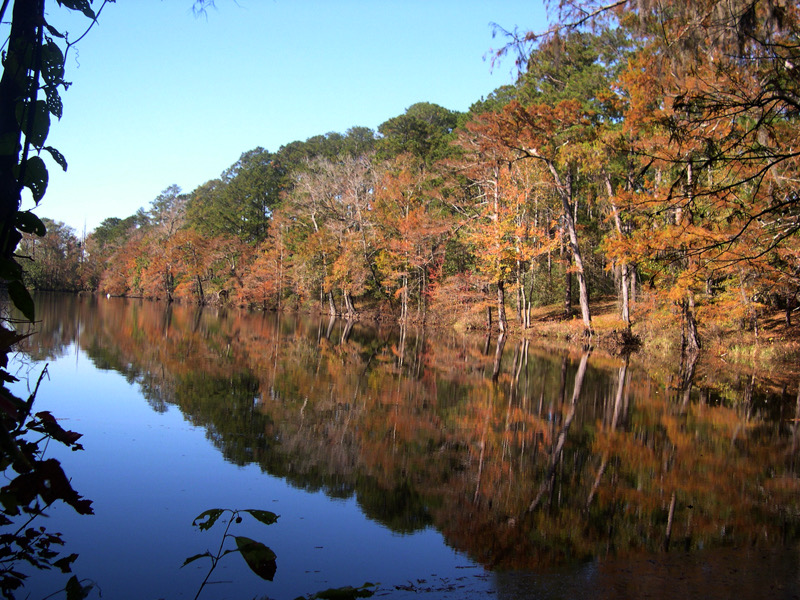
The forest is within the Piney Woods ecoregion. The area's climate is humid subtropical, with warm summers and mild winters; the Gulf of Mexico is a moderating force during winter and contributes to the sticky, humid summers. The Piney Woods are the wettest area of Texas, with average annual rainfall ranging from 40 to 50 inches (100 - 130 cm) for the Angelina region. Four distinct seasons - summer, autumn, winter, and spring - are present, although not to the same extent as the northeastern U.S.
A second large reservoir, called Toledo Bend, is bordered by the neighboring Sabine National Forest. It’s connected to the Sam Rayburn Reservoir by the 28-mile Trail Between the Lakes.
The Cassells-Boykin, Jackson Hill, Maison Ferry, and Ebenezer parks are just a few that sit along the shores of Sam Rayburn. The Boykin Springs Recreation Area is one of the premier spots for camping and hiking within the forest, with the Aldridge Sawmill trail just nearby. Additionally, the Upland Island Wilderness protects a large swath of the remaining untouched forest.
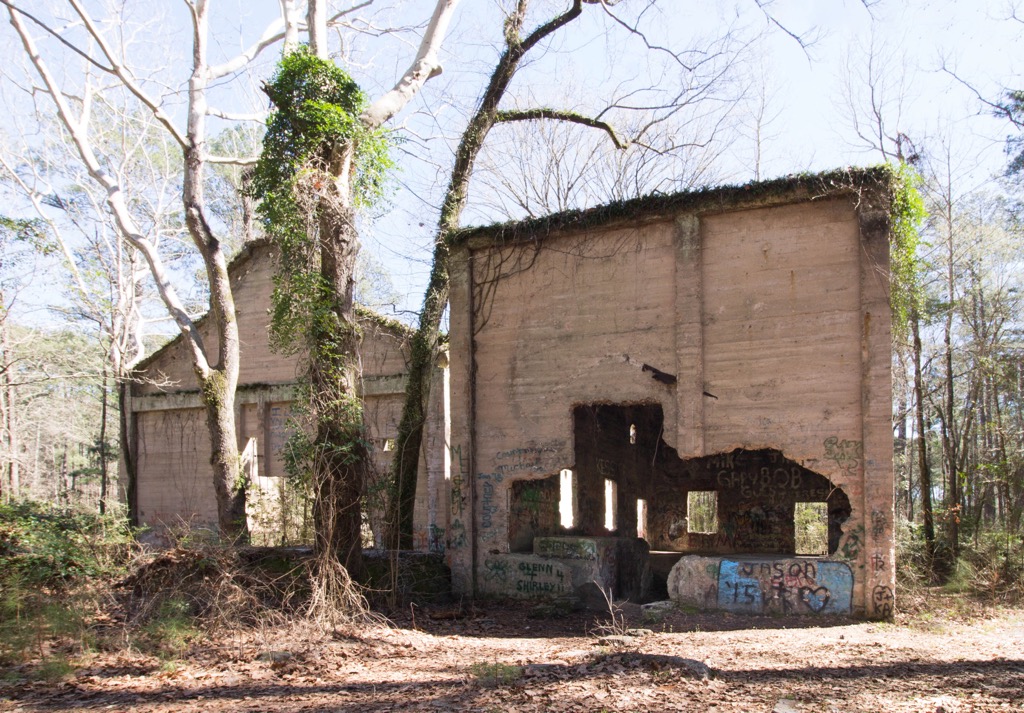
Angelina National Forest sits within two underlying geological zones. The first is the East Texas Basin, which contains significant oil and natural gas deposits. The basin is composed of sedimentary rocks that date back to the Cretaceous and Tertiary periods (approximately 145 to 66 million years ago).
These layers are rich in organic material, which, under heat and pressure, form the vast hydrocarbon reserves that enriched Texas’s early economy. To date, about 5.2 billion barrels have been recovered from the East Texas Basin. However, the Permian Basin ultimately proved far more profitable; it has the potential to produce almost 50 billion barrels, although production will likely slow well before that threshold is reached.
A second zone is the Gulf Coastal Plain, a broad, low-lying area that extends inland from the Gulf of Mexico.
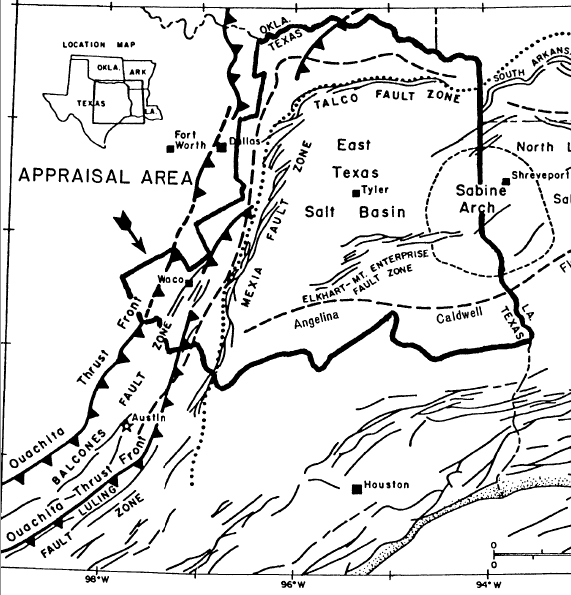
Superficially, Angelina National Forest is characterized by relatively flat to gently rolling terrain, with alluvial plains, river valleys, marshes, and, notably, the Sam Rayburn Reservoir. The soils are typically acidic and vary from sandy loams to clays, contributing to the dense pine forests of the Piney Woods in East Texas.
The ecology of Angelina National Forest is some of the most diverse in Texas due to its location within the Piney Woods ecoregion. Native species of southern yellow pine include shortleaf, longleaf, and loblolly pine, which thrive in the sandy soil and warm, humid climate. The forest also contains native hardwood bottomlands with oak, elm, hickory, pecan, black walnut, tupelo, and sweetgum. Hardwood bottomlands form in the rich, moist soils of ravines and rivers.
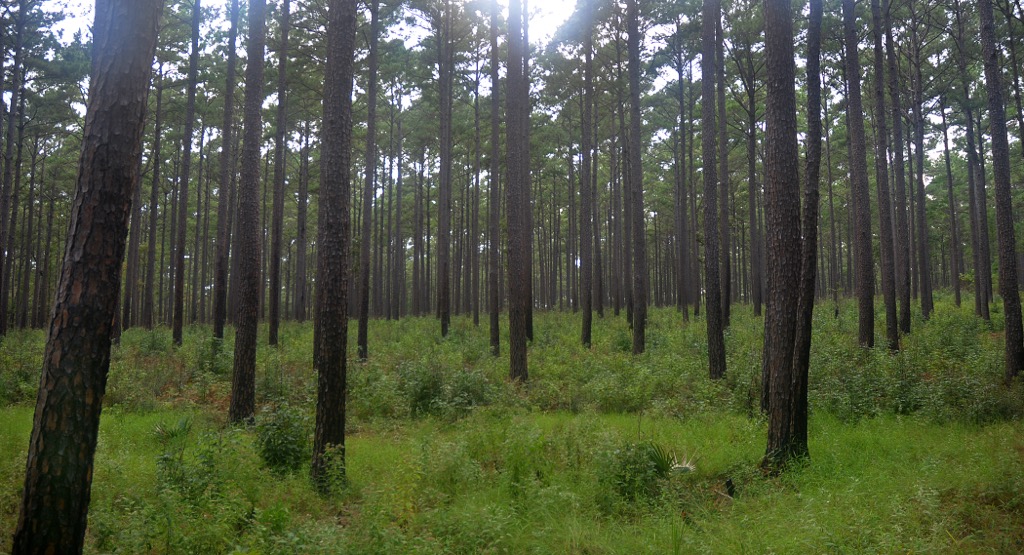
Angelina National Forest is home to a wide array of mammalian wildlife. White-tailed deer and eastern gray squirrels are common, while smaller mammals like raccoons, opossums, and bats patrol the forest at night. The understory of the pine forests often contains grasses, wildflowers, and shrubs, which provide food and shelter for mammals like rabbits and foxes.
Bird species include the red-cockaded woodpecker, an endangered species that depends on the mature pine forests of the region. As the towering, straight Southern yellow pines are commercially valuable, truly mature forests have become rare. Some of the last remaining stands of untouched longleaf pine exist within the Angelina National Forest, such as the forests of Boykin Springs Recreation Area and the Upland Island Wilderness.
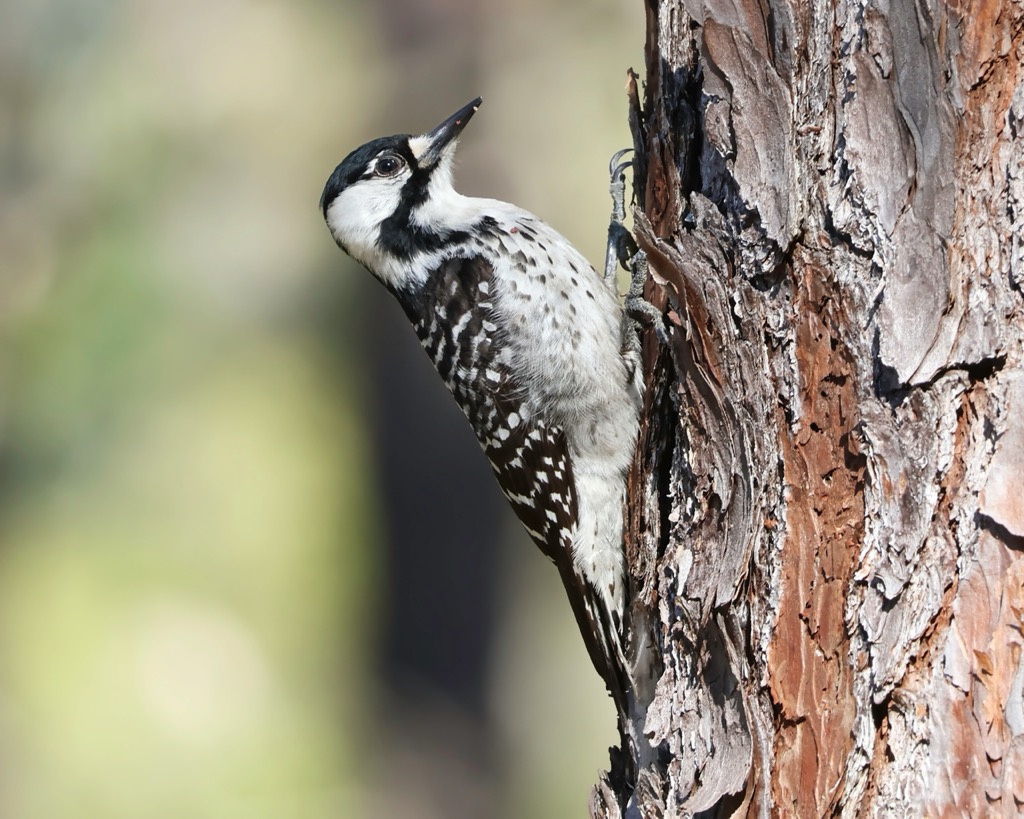
The Sam Rayburn Reservoir provides aquatic habitats for fish, like largemouth bass, catfish, and crappie. The reservoir and its associated wetlands also support waterfowl, as well as beavers and otters. The forest's wetlands and riparian areas are home to amphibians, such as frogs and salamanders, and reptiles, including turtles and snakes.
Angelina National Forest's complex human history spans thousands of years before the U.S. government, from indigenous cultures to European exploration, frontier settlements, and modern conservation.
Before European contact, several Native American tribes inhabited the area around Angelina National Forest. The Caddo people, the most significant of these groups, were part of a complex network of agricultural societies that thrived for millennia in what can be loosely described as “Texarkana.” Their traditional homelands extended through Oklahoma, Arkansas, Texas, and Louisiana, and their society featured sophisticated social and political structures.
The Caddo cultivated maize, beans, and squash and extensively traded with other indigenous groups across the Southeastern United States until their extirpation from the land in the mid-19th century.
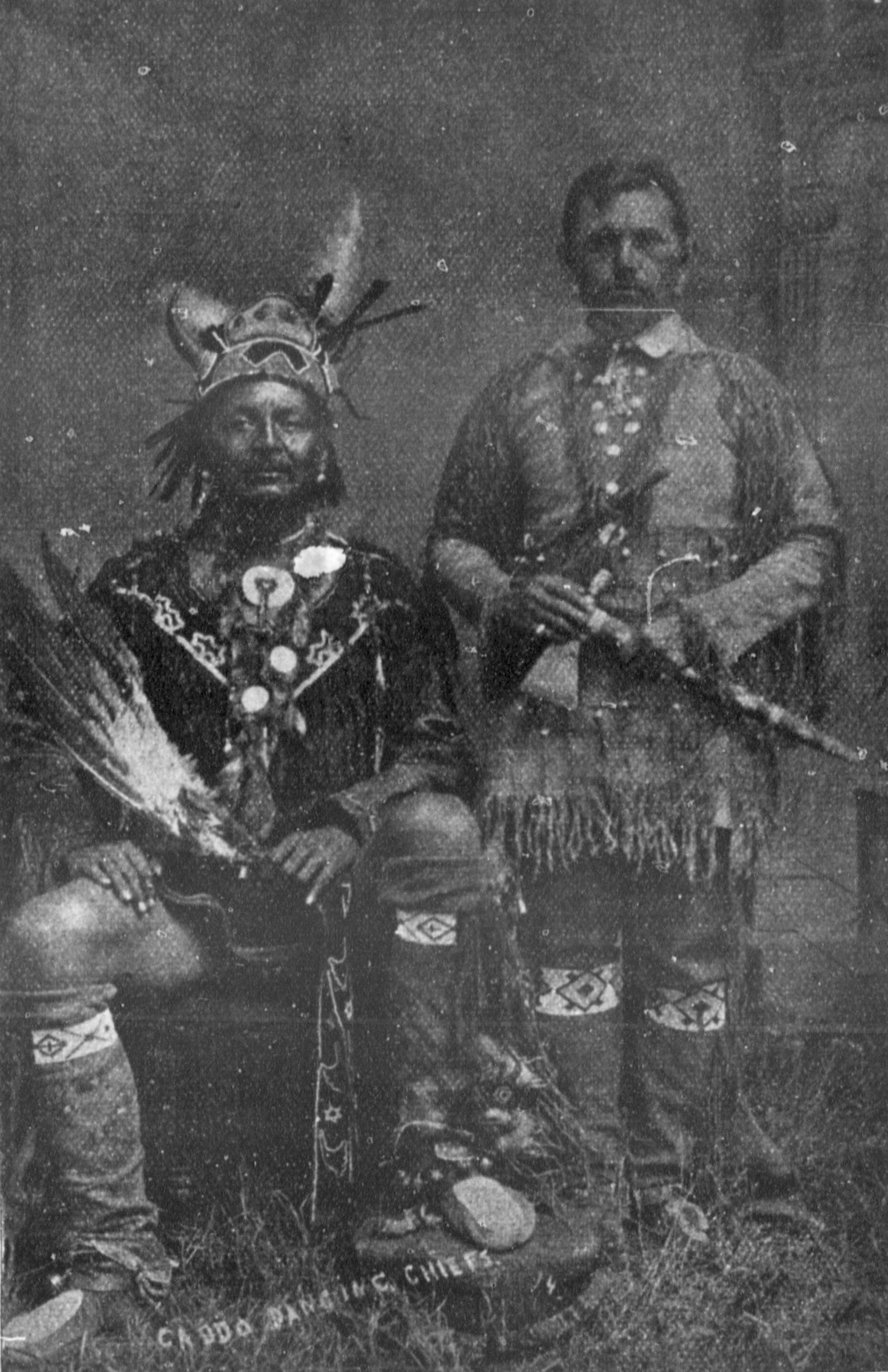
The first Europeans to explore the East Texas Basin were Spanish and French explorers in the 16th and 17th centuries. In the early 18th century, the French established trading posts and small settlements around Louisiana, while Spain laid claim to much of Texas. The Spanish founded missions like Mission Concepción near present-day Nacogdoches, just north of the Angelina National Forest. The region became a point of contention between the French and Spanish.
After the Louisiana Purchase in 1803, the United States acquired the land west of the Mississippi River, including the area around Angelina National Forest. American settlers began moving into East Texas, often bringing enslaved people to establish plantations. The East Texas Basin is one of the most historic regions in Texas, with towns like Nacogdoches, Lufkin, and San Augustine still featuring much of the original architecture from their founding in the 1830s.
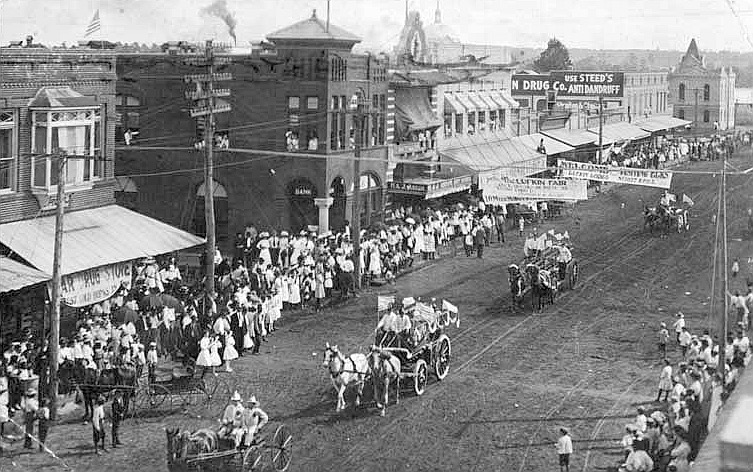
After a period of revolution and self-governance, Texas officially and definitively joined the United States in 1845. Texas and Louisiana’s thriving plantation industry was largely responsible for the disenfranchisement and eventual removal of the Caddo to their current reservation in Binger, Oklahoma.
In the late 19th and early 20th centuries, the region around Angelina National Forest saw significant economic growth driven by the timber industry. By the 1930s, over-logging had significantly reduced the forests.
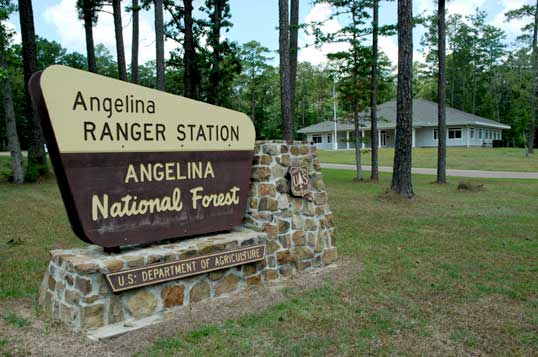
The U.S. government began purchasing land for reforestation and conservation. Angelina National Forest was officially established in 1936 as part of a broader effort to protect and restore East Texas forests (several other forests, such as the neighboring Sabine National Forest, were founded simultaneously). The Civilian Conservation Corps (CCC), a New Deal program, was tasked with replanting trees and building much of the infrastructure.
More recently, the construction of Sam Rayburn Reservoir began in 1956 and finished nine years later, in ‘65. The resulting reservoir became the ninth-largest artificial lake nationally.
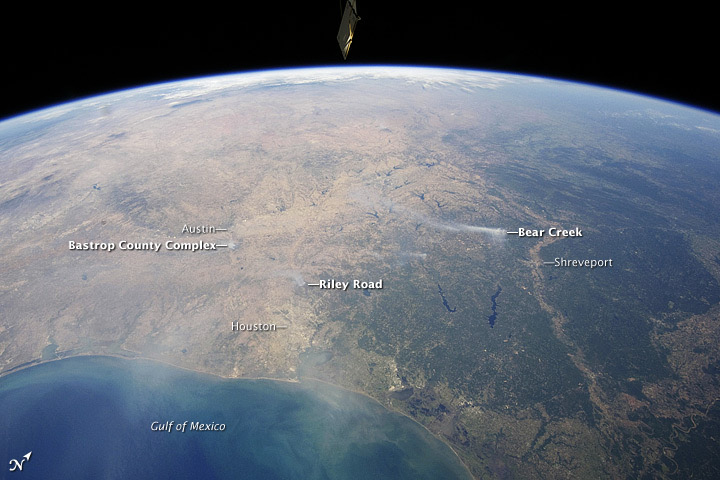
Boykin Springs is one of the premier recreation spots of Angelina National Forest, with extensive camping along the shores of Boykin Lake. Boykin Springs protects one of the last remaining stands of old-growth longleaf pine forest in the Piney Woods ecoregion, although the site of the old Aldrige Sawmill is not old-growth. It’s 4.3 miles out-and-back to the mill. You can also fish and swim in the Boykin Spring Lake and its surrounding streams.
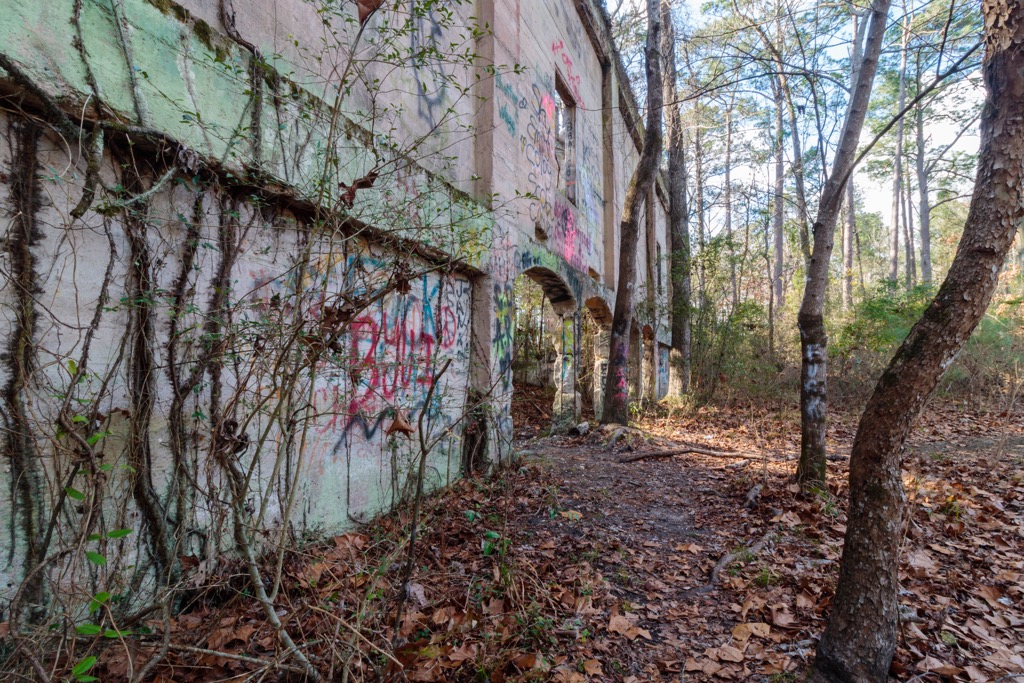
Ebenezer Park is primarily an equine campground offering access to some excellent horseback riding. However, it’s also available for pedestrian day-use and camping. A 2.4 mile (4 km) trail leads to one of the most beautiful beaches on the Sam Rayburn Reservoir, with towering pines and sandy bluffs dropping down to the lake. The sandy soils of the bluffs continuously replenish the beach, giving it a surprisingly natural feel for an artificial reservoir. Just be ready to see some horse dung along the trail.
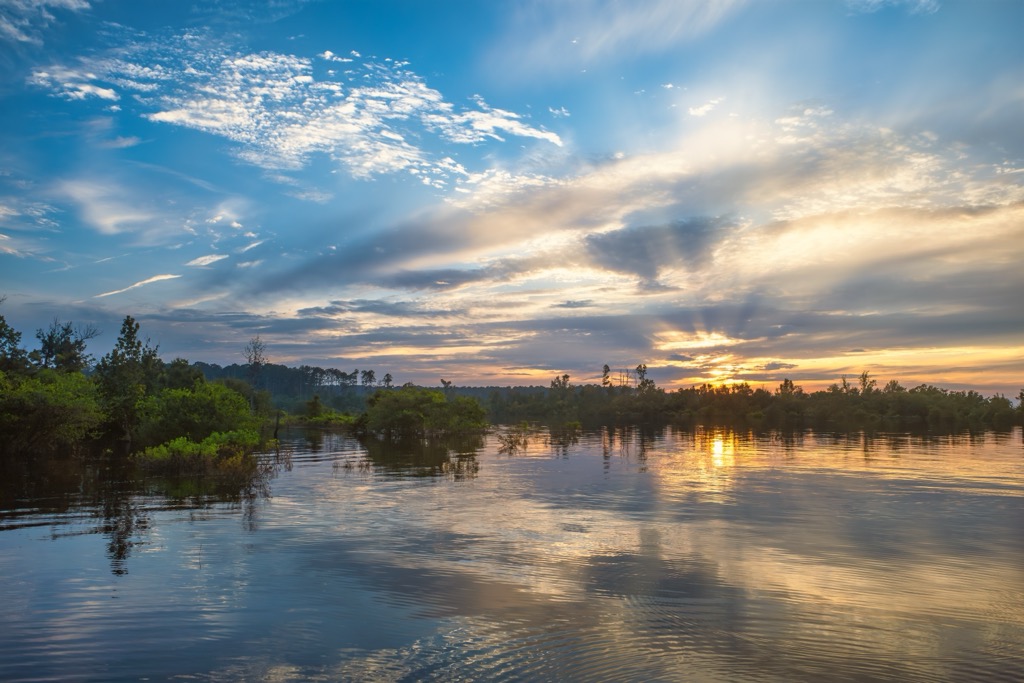
Although it’s technically within the Sabine National Forest, an honorary mention goes to the Trail Between the Lakes. It’s one of the few long-distance hiking trails in East Texas.
The 28-mile (43.1 km) Trail Between the Lakes runs between the Toledo Bend Reservoir and the Sam Rayburn Reservoir. While the entire trail is usually a two-day trek, hikers can easily tackle sections as day trips. There are three main trailheads. The Lakeview Recreation Area is the easternmost access, perched on the shores of Toledo Bend. The Yellowpine Trailhead is accessible from Texas State Highway 87, just north of the community of Yellowpine. The West Trailhead starts near the shores of Sam Rayburn Reservoir, at Texas State Highway 96 just north of Brookeland. The West Trailhead is just south of Angelina National Forest
If there were such a thing as a “gateway” to the Angelina National Forest zone, it would be San Augustine, Texas. It’s about a 10-minute drive to the forest’s boundary and 15 minutes to the shores of Sam Rayburn Reservoir and the Sam Rayburn Lake Bridge.
San Augustine itself is a small, historical town with an attractive “Main Street America” feel. Founded in 1832, San Augustine is one of the oldest Anglo settlements in Texas and played a significant role in the state's early history. The town was a key site during the Texas Revolution and an important center for early Texan government and politics. San Augustine’s historic district is home to well-preserved 19th-century architecture, including the Augus Theatre and several antebellum homes. The town is also known for its connection to the El Camino Real de los Tejas, a historic trade route that linked Mexico to Louisiana.
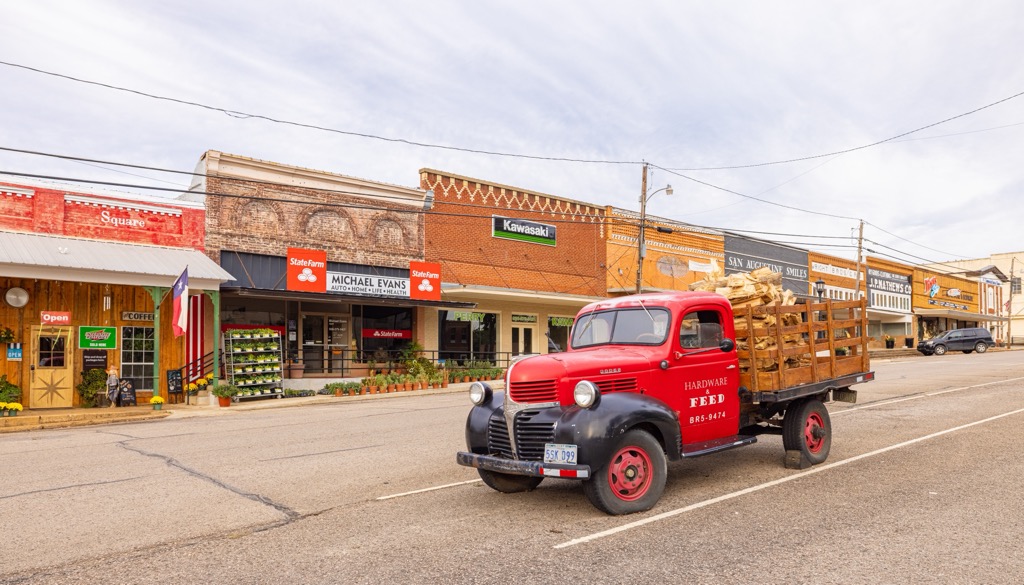
Nacogdoches, Texas (pop. 32,000), is one of the oldest continuously settled regions of North America. The town is named after the Nacogdoches tribe of the Caddo people, who settled the area as far back as 10,000 years ago.
Like the natives, European settlers also found the pine forests and abundant resources desirable for homesteading. The Spanish established a mission in 1716 and settlers began trickling in. An official settlement was founded in 1779, and the remaining Caddo were extirpated from their homeland by the early 19th-century.
The town was incorporated by Texas in 1837 and the U.S. in 1845. In total, Nacogdoches has flown nine different flags throughout its history. Nacogdoches’ historic downtown features brick streets, 19th-century architecture, and a variety of museums, including the Sterne-Hoya House Museum and the Old Stone Fort Museum. The city is also home to Stephen F. Austin State University.
Angelina National Forest is 30-45 minutes by car, depending on where you’re heading. Davy Crockett and Sabine National Forests are not much further.
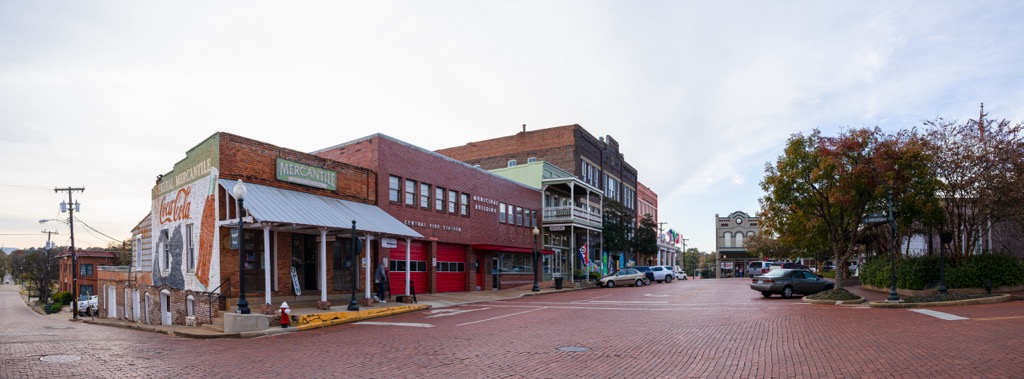
Lufkin, Texas (pop. 34,000), is a small, historic city located in the heart of East Texas, just 30 minutes from the heart of Angelina National Forest. Founded in 1882 as a stop along several railways, Lufkin grew into a regional hub for the timber and railroad industries.
Lufkin is still home to some of these industries. Nowadays, the city has also become known for its educational centers like the Museum of East Texas and Ellen Trout Zoo.
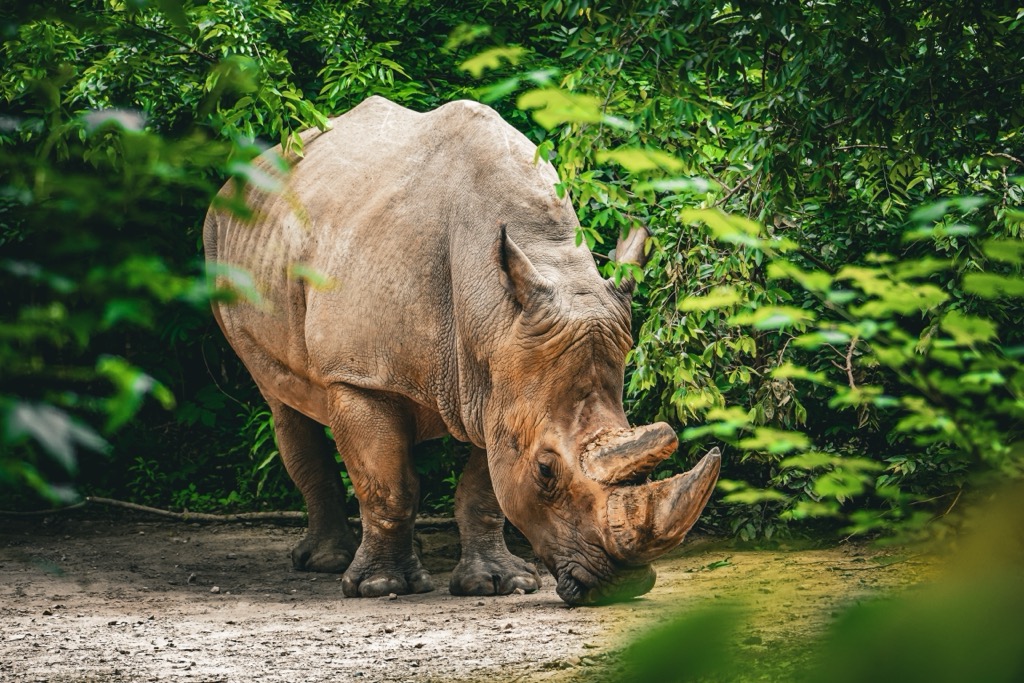
Houston is the closest metropolis to the Angelina National Forest. It’s the 4th largest city in the U.S., with 2.3 million people within the city limits. You can reach the southernmost tip of Angelina by car in about two hours, although Sam Houston and Davy Crockett National Forests are closer. Sabine National Forest is another 30 minutes up the road.
Houston was founded in 1836 and named after General Sam Houston. The city quickly grew into a major port and commercial center. Today, Houston is a hub for the oil and gas industry and is home to the Texas Medical Center, the largest medical complex in the world. Houston is culturally diverse, contributing to an increasingly renowned culinary scene.
Urban sprawl has impacted the city; its greater metro population now reaches 7.5 million. It’s nearly 100 miles from the northwestern suburbs down to the city of Galveston on the coast, all of which is urban. Fortunately for the green-minded, Texas’s four National Forests are all to the northeast, within a couple of hours’ drive.

Explore Angelina National Forest with the PeakVisor 3D Map and identify its summits.








